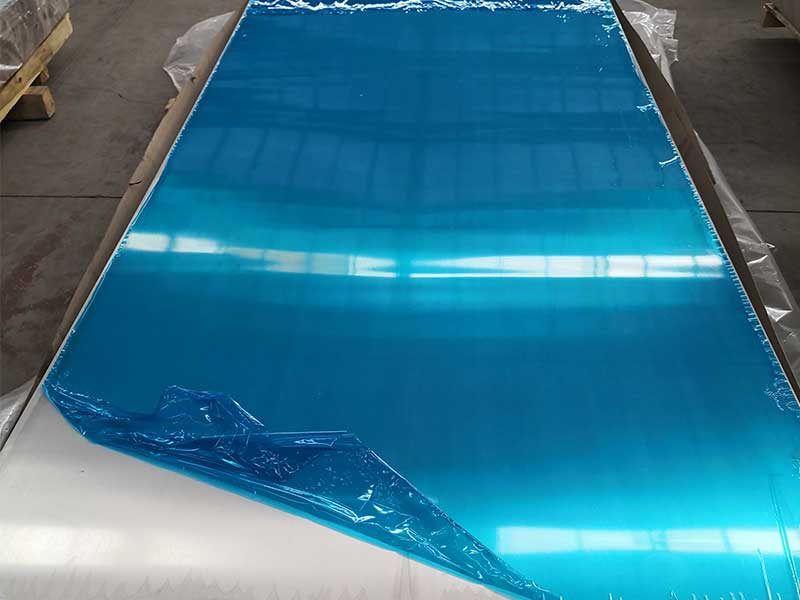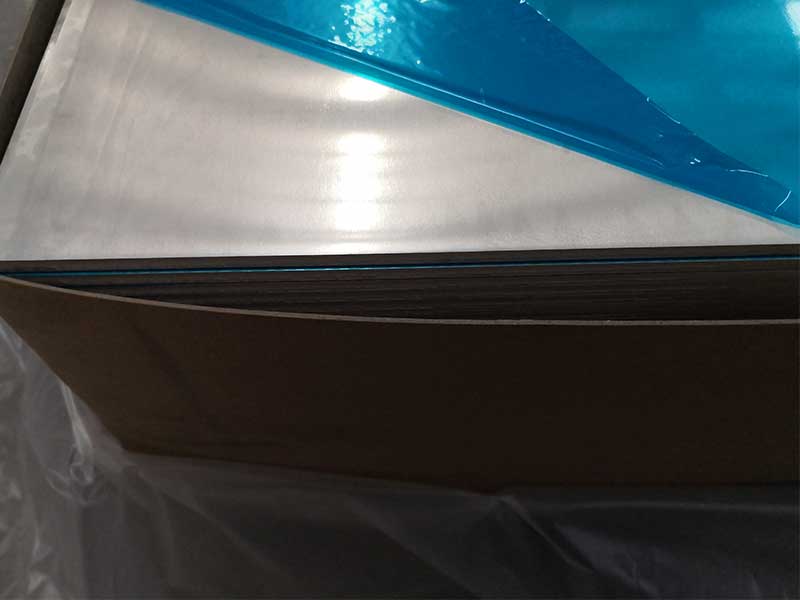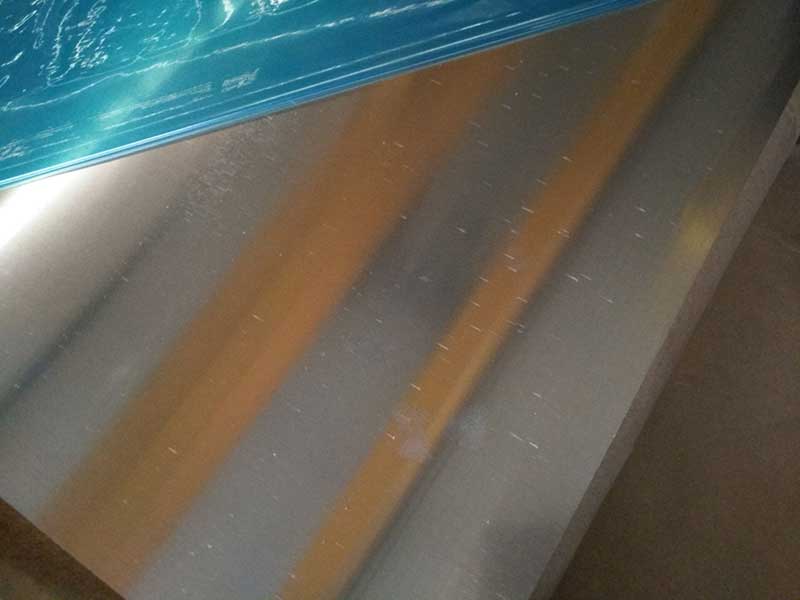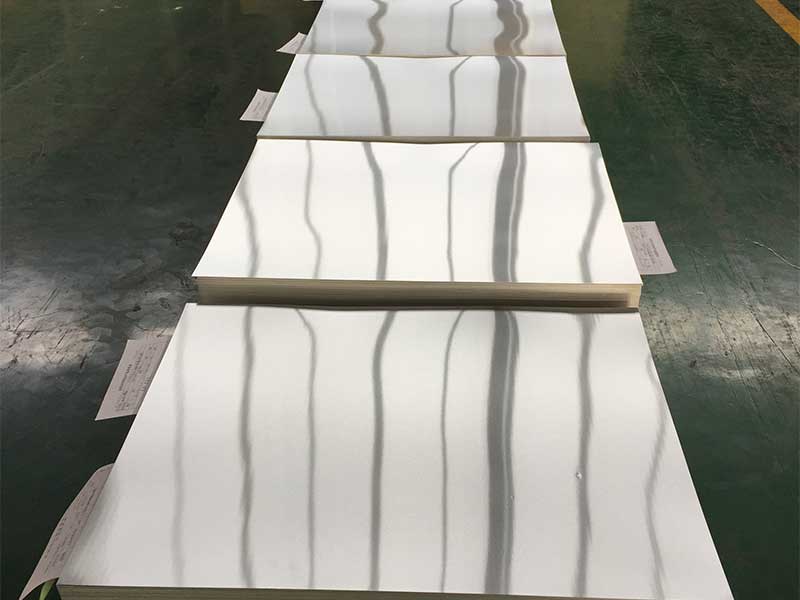In the realm of transportation, safety, weight efficiency, and durability are paramount, especially for tank cars transporting liquid commodities. Among the various materials available, aluminum plates are emerging as a strong contender offering a unique combination of benefits that optimize functionality and performance in this niche sector.
the Role of Aluminum Plates in Tank Cars
Tank cars are primarily used for transporting liquid goods such as chemicals, fuels, and food-grade materials. The intricate design and material selection of these cars significantly influence cargo safety, vehicle weight, and fuel efficiency. Here, the inherent properties of aluminum come into play. Aluminum plates are used in constructing the tank's exterior, and occasionally, internal components.
From a production standpoint, aluminum plate destined for tank car construction demands exceptionally high quality control. Unlike many other applications, the slightest imperfection – a surface flaw, inclusion, or inconsistency in thickness – can compromise the structural integrity of the tank and lead to catastrophic failure, potentially resulting in dangerous spills. We employ rigorous testing procedures, including ultrasonic inspection and rigorous chemical analysis, far exceeding standard aluminum plate specifications. We also focus on controlling the tempering process meticulously; the final plate's yield strength and ductility are crucial for ensuring it can withstand the stress of transportation and the corrosive nature of the carried liquids. The slightest deviation from the specified alloy composition can dramatically impact its performance under various environmental conditions.
Furthermore, the intended application within the tank car itself greatly informs our manufacturing process. A plate designed for the tank's shell requires different properties than one used for internal baffles or supporting structures. For example, plates intended for shell construction might prioritize high tensile strength and corrosion resistance, while those used for baffles might emphasize formability to allow for complex shapes. Collaborating closely with the tank car manufacturers, providing precise material specifications, and sharing our expertise on the impact of alloy choices and processing techniques on the final product is paramount to ensuring the long-term safety and reliability of these critical components.
Weight Efficiency and Load Capacity
One of the most substantial advantages of using aluminum plates in tank cars is their exceptional weight-to-strength ratio. Aluminum weighs roughly one-third as much as steel while offering comparable strength, which means that more payload can be transported without exceeding weight limits. This efficiency not only saves on transportation costs but also allows for increased load capacities, which is a critical consideration for logistic and supply chain optimization.
Enhanced Corrosion Resistance
Tank cars are routinely exposed to harsh environmental conditions and corrosive materials. Exposure to moisture and chemicals can lead to deck deterioration. However, aluminum’s natural corrosion resistance stands out during demanding transport scenarios. The formation of a thin oxide layer prevents further degradation, significantly extending the life span of tank cars—and reducing maintenance costs considerably. Strategic use of aluminum plates means operators can rely on reduced replacement intervals and lower downtime.
Thermal Conductivity and Insulation
Another technical attribute worth noting is aluminum's ability to conduct heat efficiently. When transporting temperature-sensitive liquids, maintaining consistent thermal conditions is vital. Aluminum plates excel in thermal conductivity, ensuring an even distribution of temperatures within the cargo hold and reducing the risk of hotspots that could compromise liquid integrity. In jobs requiring insulation or temperature control, additives or insulating layers can be integrated within the aluminum assembly, creating a dual-function material that maximizes protection against external temperature fluctuations.
Malleability and Formability
The technical advantages of aluminum go beyond warmth; their malleability allows for the tailoring of design specifications unique to tank construction. Versatile and easy to fabricate, aluminum plates can be molded and welded into various configurations or sizes that distinctly serve specific transport needs—be it for hazardous materials with safety regulations, specialized valves for pressure release, or supports for stabilizing internal load during transit. This capability significantly enhances the design freedom of tank cars.













